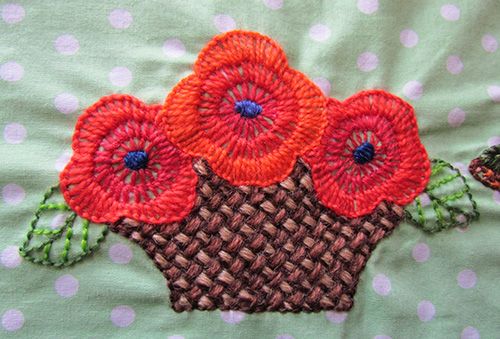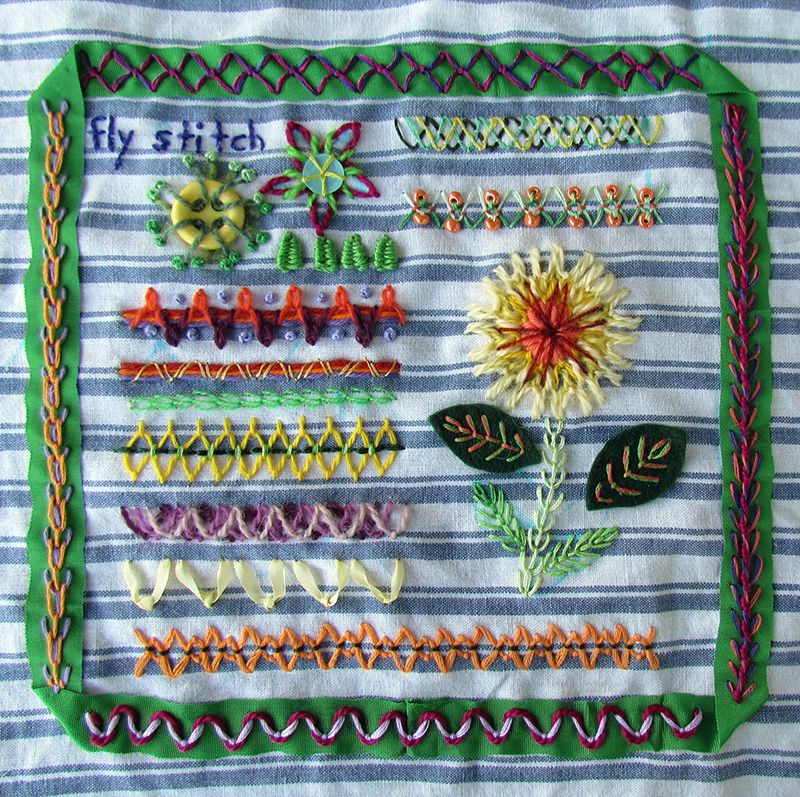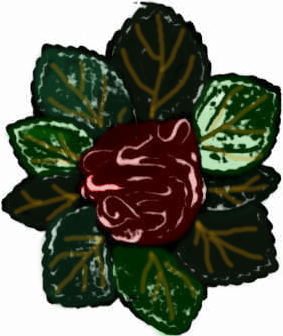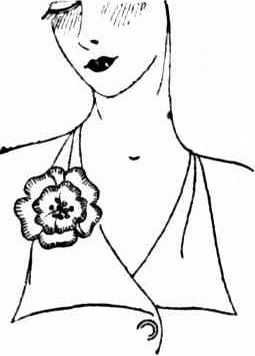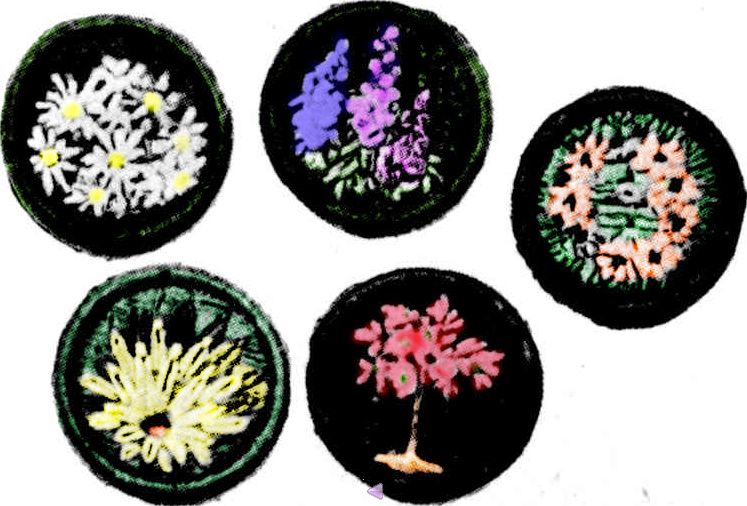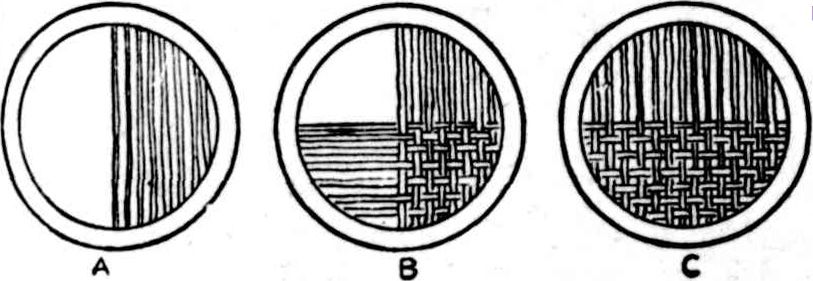I’ve recently worked a couple of samplers using blanket stitch on vintage transfer designs, so I thought this week I would do something totally out character and stitch my sampler on a grid.
I think this is cotton aida. It’s very soft and the threads shift about a lot. I dyed it using some vintage dyes about 10 years ago. I don’t recommend using dyes from the early 1970’s like I did though, because they arced when I set them in the microwave! Scary stuff. The last thing I want to see in my microwave is miniature lightning and ozone…
Anyway, on to the pretties!
My week 2 TAST sampler.
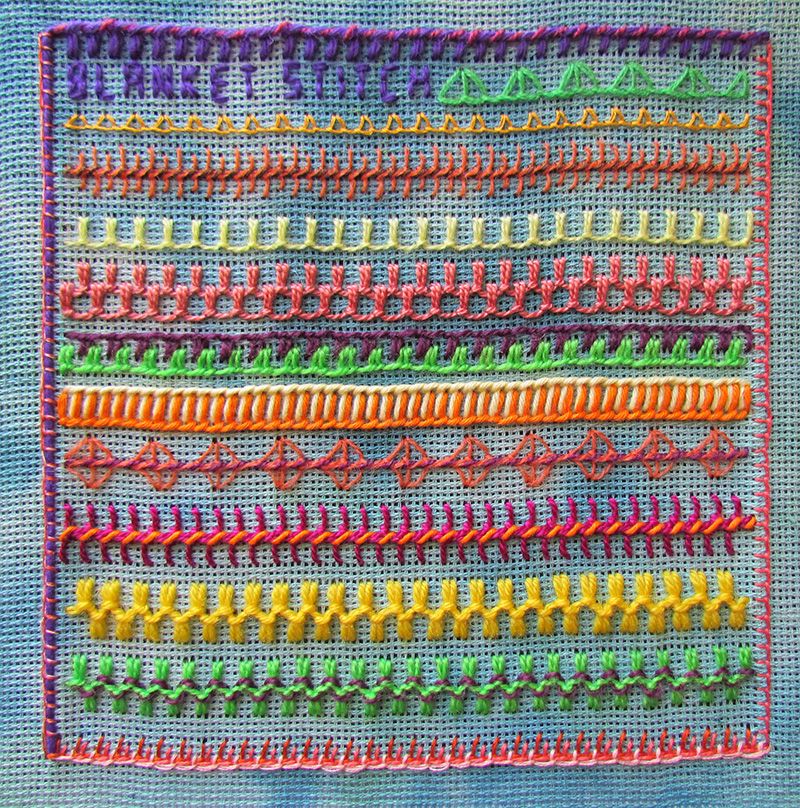
I used just two very basic blanket stitches.
All of the rows of stitching are variations on basic blanket stitch and “up and down” buttonhole stitch that have been reversed, layered, whipped with other threads or with the vertical stitches going in different directions. I used crewel wools of all different thicknesses, from extremely thin to bulky crewel wools, ize 3 mercerised cotton (yummy shiny stuff), a little bit of stranded cotton and thick cotton a broder.
Starting with the border at the top and going clockwise:
Whipped blanket stitch in thick crewel wool whipped with size 3 mercerised cotton
Blanket stitch in 3 strands of stranded embroidery cotton
Layered blanket stitch – 3 strands of stranded cotton
Crewel wool (like tapestry wool only the strands can be separated) couched with 4 strands of embroidery cotton (2 strands each of two different colours).
I love the finished sampler but I’m not sure I enjoyed stitching it as much as I usually do because I was confined to the grid. Since I haven’t played with all the variations I wanted to try, I might do another blanket/buttonhole stitch sampler with a more freeform setup like my first one.
I was already working on some samplers before TAST started and used quite a bit of buttonhole stitch.
These flowers are worked in buttonhole shading using Appleton crewel wools. You can print the design for free here on Knitting-and.com.
My other sampler is worked in Dorset feather stitchery.
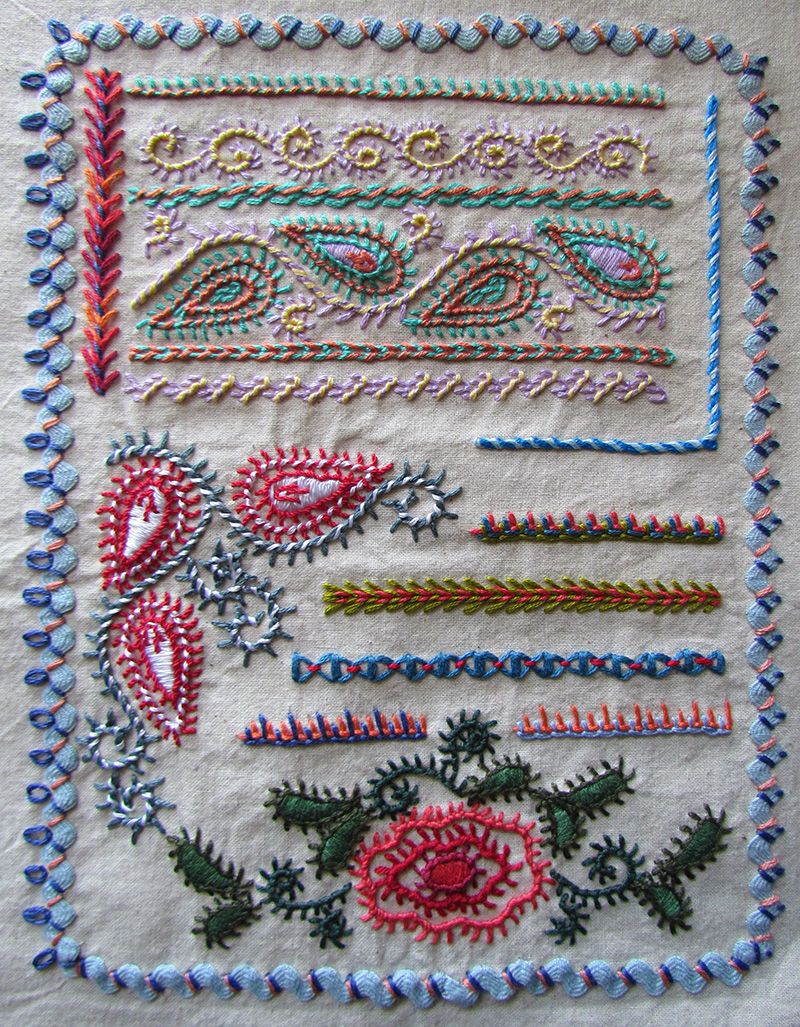
Dorset feather stitchery uses a lot of blanket, feather and spiked chain stitches. Whipping the stitches with another colour totally transforms them. In this sampler all of the small curlicues and pinecones are worked in blanket stitch whipped with a second colour. The flower shown below is also whipped blanket stitch but it’s whipped with the same colour. I also tried a few variations on layered buttonhole borders.
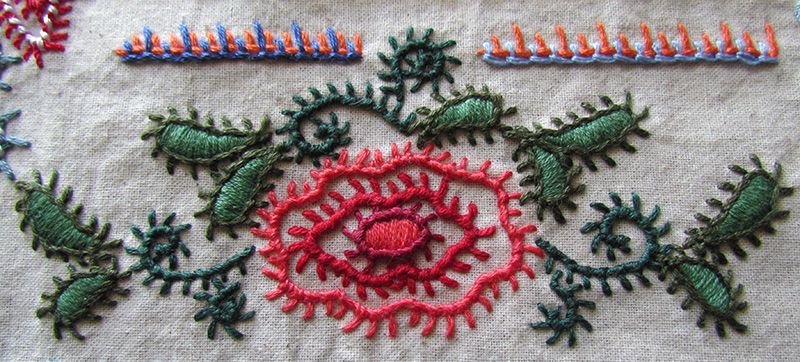
If you’d like to know more about Dorset feather stitchery find a copy of “Dorset Feather Stitchery” by Olivia Pass. You won’t have too much trouble as there are many, many copies available online for very reasonable prices.
Now, should I have a go at a more freeform sampler or should I get a head start on next week’s stitch? Decisions, decisions!
Some useful links:
TAST on Facebook
Sharron’s TAST FAQ on her website, Pintangle.
Free vintage stitch book downloads.


